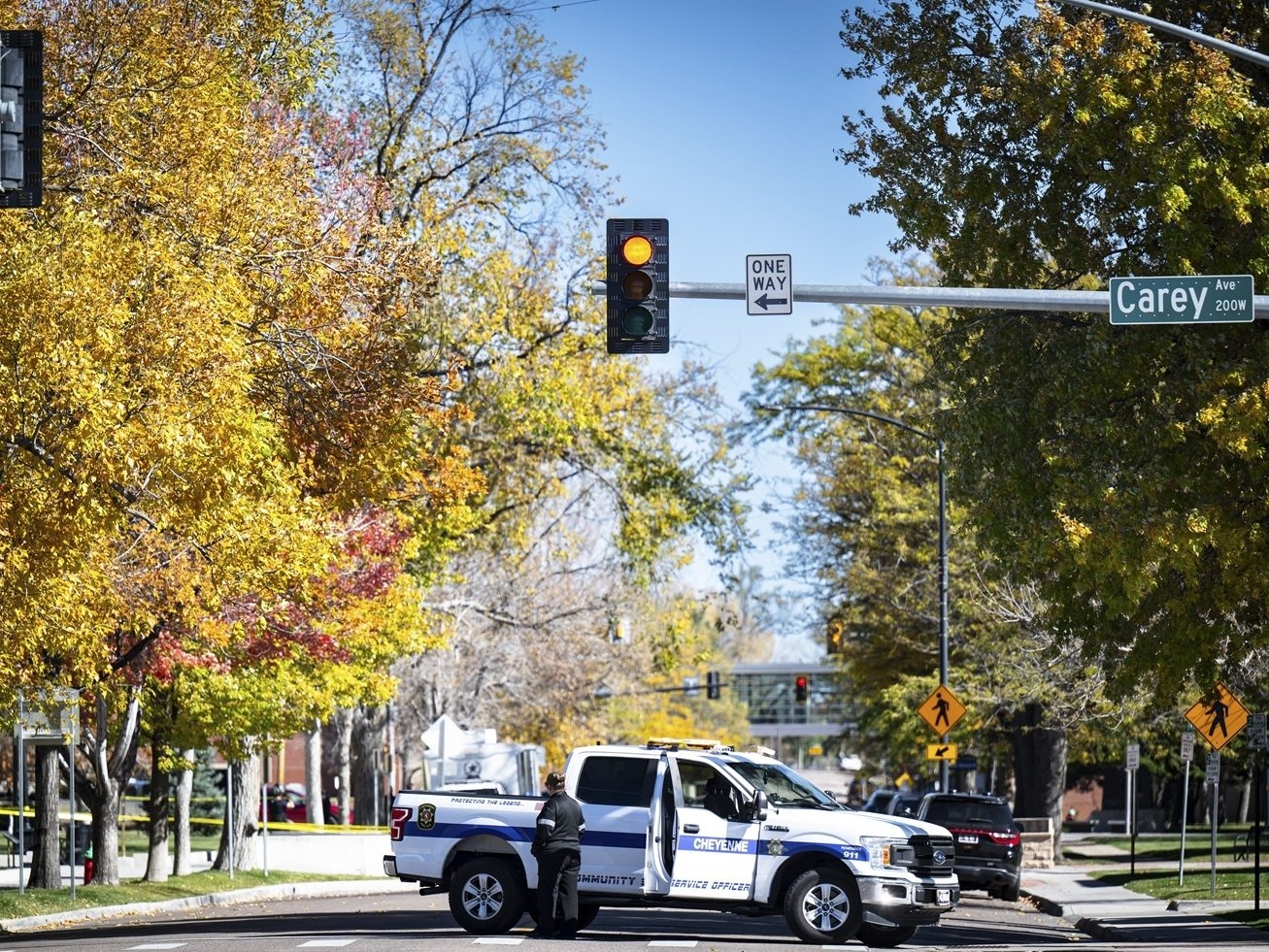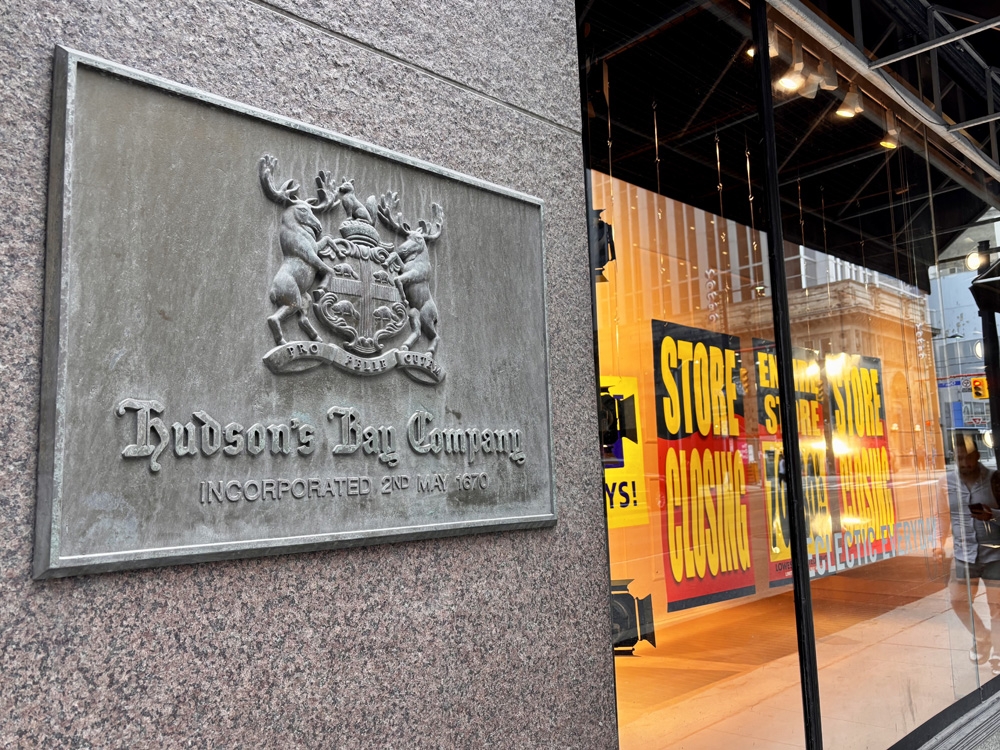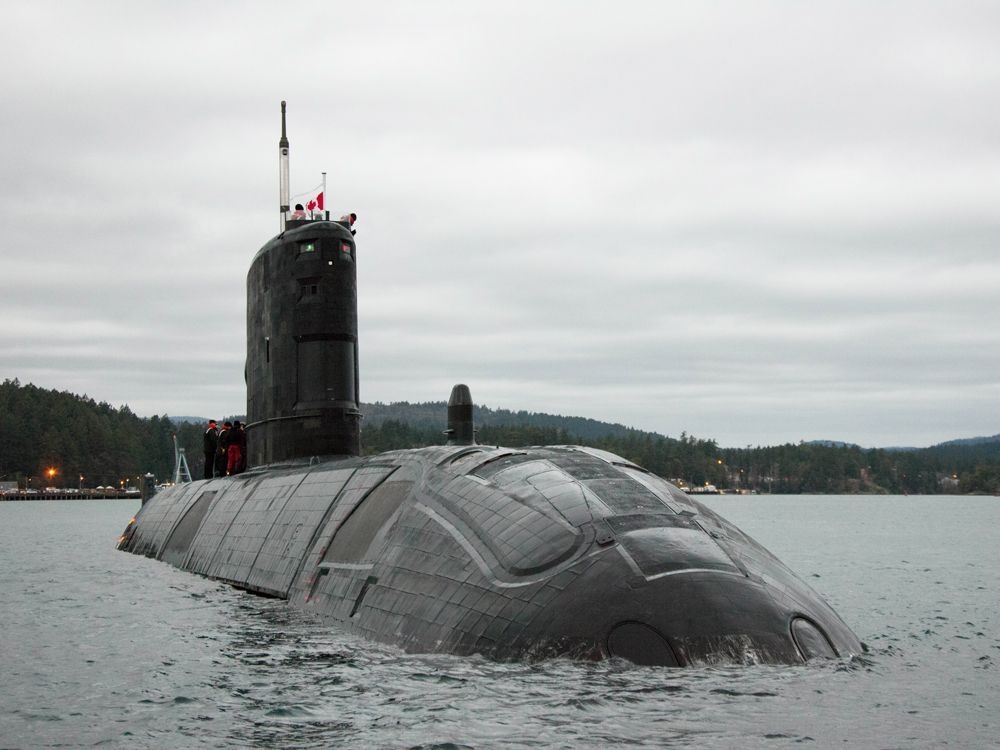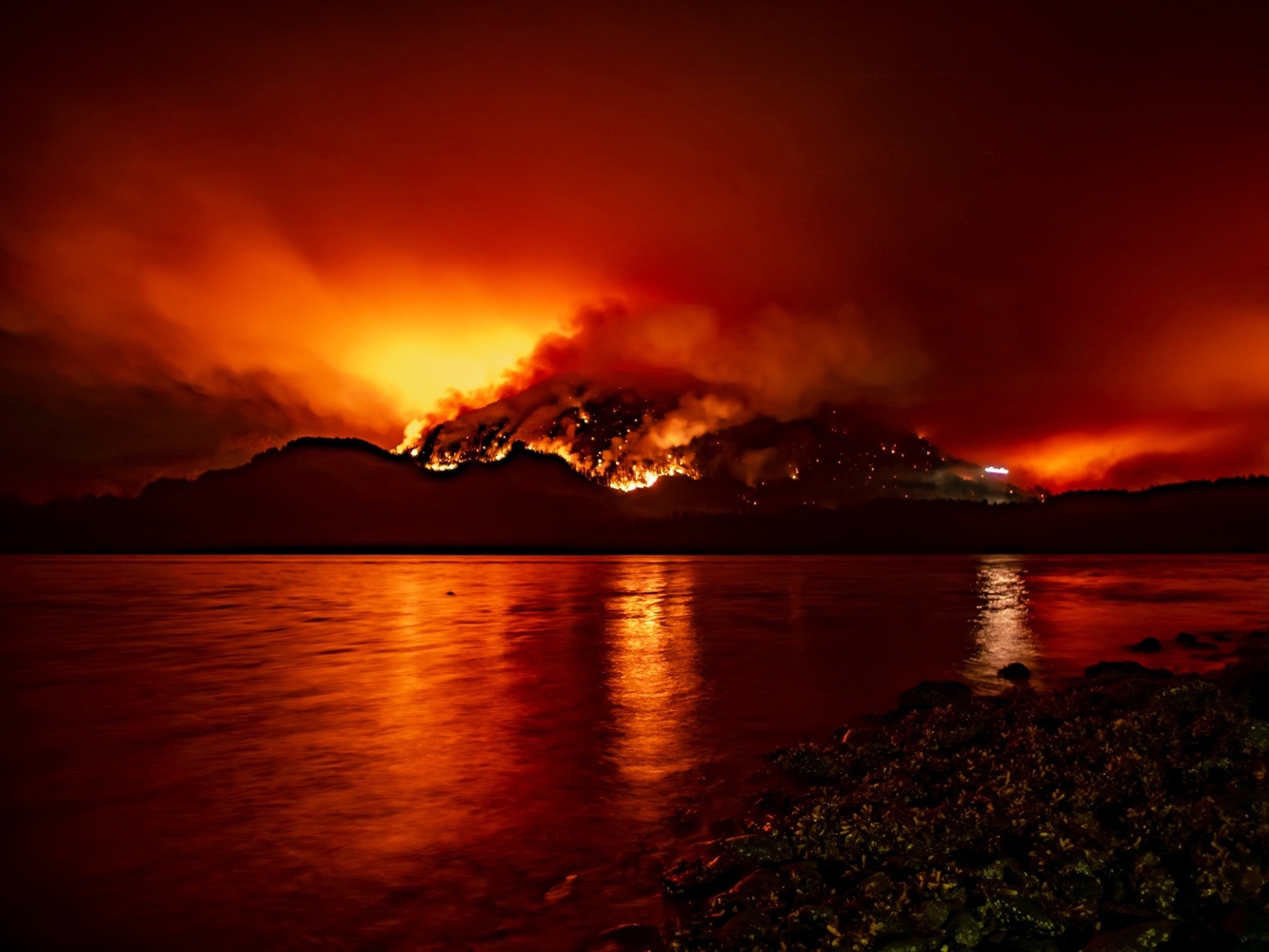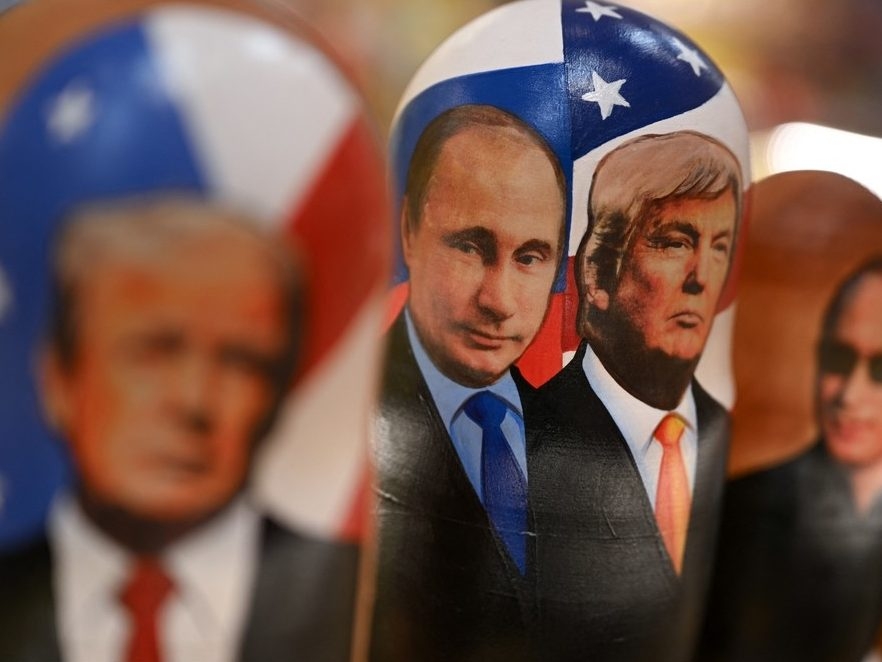
The Trump administration said on Tuesday that there are “no plans” for President Donald Trump and Russian President Vladimir Putin to meet in the immediate future, marking an abrupt postponement of a meeting Trump said a few days ago would happen in Hungary.
The statement came hours after Russia’s top diplomat signalled a wide chasm between Moscow and Washington on ending the war in Ukraine. The Trump administration, in confirming the meeting’s postponement, made no mention of a diplomatic row between the longtime adversaries
“Secretary Rubio and Foreign Minister Lavrov had a productive call,” said a White House official. “Therefore, an additional in-person meeting between the Secretary and Foreign Minister is not necessary, and there are no plans for President Trump to meet with President Putin in the immediate future.”
Russia on Tuesday rejected Trump’s call to freeze the fighting in Ukraine on the current front line, signalling that the Kremlin has not significantly changed its demands for peace, after Trump said last week that he believed Russian President Vladimir Putin wanted a deal.
Lavrov said Trump’s demand for “an immediate ceasefire, which has suddenly become a topic of discussion again,” was contrary to what was agreed at the Trump-Putin summit in Alaska in August, when Trump abandoned his pressure on Putin to end the fighting ahead of negotiations.
“You see, if we just stop, it means forgetting the root causes of this conflict, which the American administration clearly understood,” Lavrov complained. “I am referring to ensuring Ukraine’s nonaligned, nonnuclear status, which implies refraining from any attempts to draw it into NATO.”
He added that freezing the fighting now “would mean only one thing: a large part of Ukraine would remain under Nazi rule,” suggesting Russia’s continuing desire for regime change in Kyiv.
Trump on Saturday said both sides should stop fighting – after he abandoned his ceasefire calls following the August summit with Putin in Alaska – and said Kyiv and Moscow had to “stop the war immediately” at the current battle lines. “Both sides should go home, go to their families, stop the killing.”
A joint statement issued Tuesday morning, signed by the leaders of Britain, France, Germany, Italy, Poland as well as top E.U. officials, backed Trump’s proposal for a ceasefire along the existing line of contact ahead of any talks.
The statement also expressed skepticism about Russia’s negotiating efforts over the past nine months and its interest in ending the conflict.
“Russia’s Stalling Tactics have shown time and time again that Ukraine is the only party serious about peace. We can all see that Putin continues to choose violence and destruction,” the statement said.
The disagreement over freezing the fighting may have delayed a planned face-to-face meeting between Lavrov and Secretary of State Marco Rubio this week to prepare the ground for the proposed Trump-Putin summit in Budapest.
Lavrov said on Tuesday only that phone contact with Rubio would continue.
CNN reported that plans for a meeting between Lavrov and Rubio this week had been put on hold over differences in the terms to end the war and Russia’s continuing hard-line position.
Lavrov insisted Tuesday that any peace deal be based on what the Kremlin calls “the roots of the problem,” vague shorthand it uses to refer to Moscow’s demands that Ukraine surrender more territory, permanently disavow joining NATO, accept tight restrictions on the size of its military and get no future Western military assistance.
Russia has also demanded a veto over Ukrainian security guarantees, as well getting its own security guarantees, even though it is the aggressor in the war.
Ukraine and its European supporters have strenuously opposed these conditions.
At the Alaska summit, Trump accepted Putin’s rejection of a ceasefire, writing on Truth Social that it had been decided that the best way to end the war was to “go directly to a peace agreement, which would end the war, and not a mere ceasefire agreement, which often times do not hold up.”
RECOMMENDED VIDEO
But that freed Russia to ramp up it attacks on Ukraine and it resisted Trump’s calls for a meeting between Putin and Ukrainian President Volodymyr Zelensky to move the peace process forward.
In Thursday’s phone call with Trump, Putin again demanded that Ukraine surrender all of the Donetsk region, including territory not yet conquered, according to senior U.S. officials.
In a subsequent tense White House meeting Friday with Zelensky, Trump urged him to surrender all of Donbas, which includes the Donetsk region, to get a deal or see his country destroyed by Russia, according to people familiar with the exchange.
But Trump still emerged from the meeting with Zelensky calling for a ceasefire along the front line, a stance that the Ukrainian president endorsed but appears to have incensed Lavrov.
Trump’s position on the Russia-Ukraine conflict has changed several times over the past year. Tatiana Stanovaya, senior fellow at the Carnegie Russia Eurasia Center, said that whenever Trump appeared to be losing patience with Putin, the Russian leader reached out to offer peace – but strictly on Russia’s terms.
“Russia’s position has not changed at all – it is the same as six months or even a year ago. They still want everything they have been demanding all along. So we are entering the third round of the same game,” she wrote on X. Putin, she said, would continue pushing Trump to force Ukraine to give up territory in Donbas to Russia – and then he would push for even more.
“That is only the starting point; the remaining demands will follow later. The real question remains the same: how far will Ukraine be forced to go?” she wrote.
